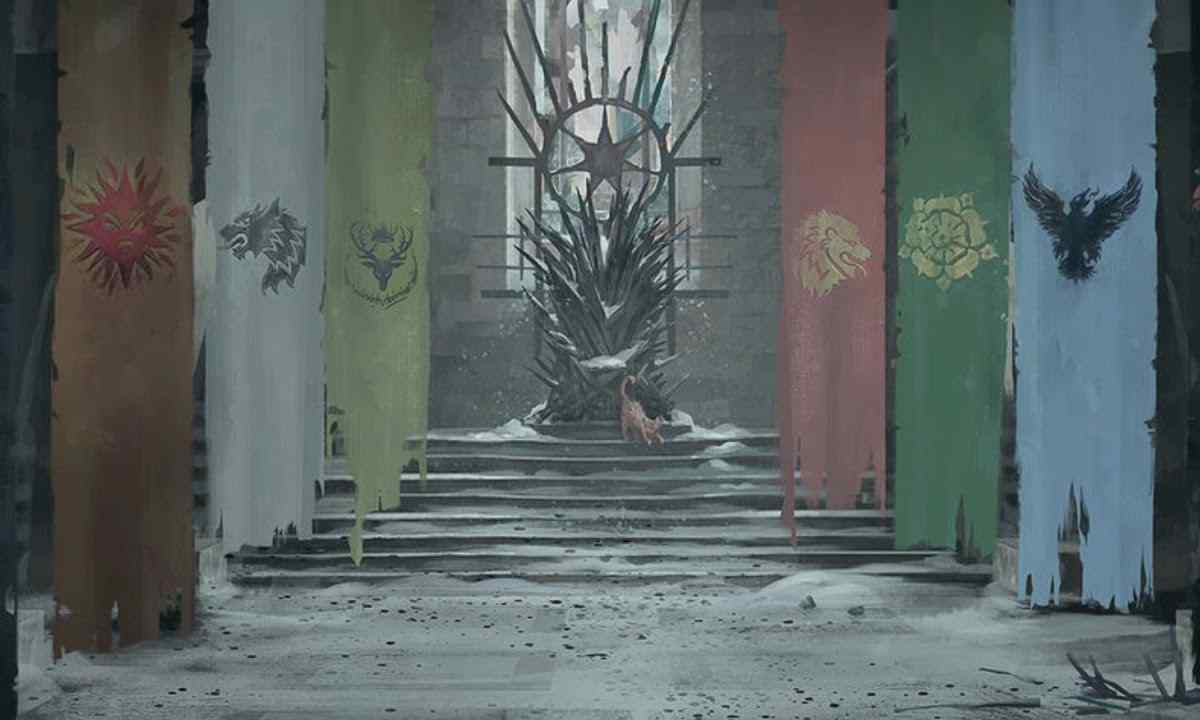Columnar pear is considered unique tree thanks to the ability to grow only in height. This grade differs in krone "density" that allows to plant trees quite closely to each other, having received as a result the rich, quickly ripening harvest.
Grades of columnar pear
Columnar pear happens: summer-autumn, late autumn, early ripening, autumn and winter. The most popular grades among selectors are:
- You will be able to try the first fruits of this grade of pear already in a couple of years after landing of sapling. The Pavlovsk pear grows quickly enough, reaching no more than 2 m in height. Landing of saplings it is possible to carry out at distance 50 cm from each other, thanks to their compact sizes. This grade is considered decorative therefore it is preferred to be used in landscaping. From pluses of the Pavlovsk columnar pear allocate: high productivity, unique taste of fruits, resistance to diseases, simplicity in leaving.
- Sapphira belongs to autumn type of pears. Trees of this look differ in accuracy, lack of branches on each side, low-tallness (height up to 1.5-2 m). Fruits begin to ripen in early autumn. The ripened harvest is required to be reaped quickly since on pear tree quickly become overripe and lose tastes.
- Grusha Nezhnost grows up no more than 2.5 m. The first fruits can be tried for the third year after landing. Start harvesting in the middle of September then the fruit picked from tree with ease will lie to 2 months. At the correct leaving one tree brings to the gardener up to 10 kg of harvest. Fruits are incredibly fragrant and juicy. From advantages of this grade of pear allocate: simplicity in leaving, frost resistance, productivity.
- Dalikor is considered dwarfish pear. Seldom, when the tree grows more than 150 cm. From the selector only watering and fertilizer of landings is required. It is possible to reap crop at the beginning of October and to enjoy fragrant fruit up to February. Carry to Dalikor's advantages: compactness, simplicity in leaving, productivity. To minuses: tendency to scab diseases.
- Sanremi will be suitable for any garden. Fruits of this grade juicy, roundish, quite large. Such pear differs in the increased winter hardiness, unpretentiousness to soil, resistance to various diseases. Such grade annually fructifies and it is abundant. The weight of the ripened fruit can reach 500 g.
- Carmen is considered fast-growing tree. Pears of such grade of the small size, sweet-sour on taste and very juicy.
- Honey pear belongs to late grades. This grade is characterized by good lezhkost. Unpretentious and frost-resistant trees.
- Knight-Vert will present you huge amount of sweet and juicy fruit. The tree grows to 2 m that does not prevent it to give annually on several dozen kilograms of fruits at all.
Landing of columnar pear
There are several cunnings concerning how it is correct to plant columnar pear. Trees of this look the roots dispose close to earth surface therefore to protect yet not taken root root system from freezing, it is the best of all to be engaged in their landing in the spring. Besides, it is more preferable to plant young trees as they are less subject to different diseases.
For a start it is necessary to pave the way and to dig small pole. The prepared place is abundant moisten with water then vertically establish sapling with well straightened roots. After the end of landing sapling it is necessary to water and pour a little earth once again.
Leaving
Columnar pears are simple in leaving. For such trees it is required:
Watering. Irrigation of soil has to be uniform. It is not recommended to water pear near trunk. It is the best of all to do it under krone or beyond its limits.
Loosening. From time to time the earth around saplings is required to be loosened. Do it with extra care as roots of young tree are located close to surface, they can accidentally be damaged;
Fertilizing. The best fertilizer for pear manure, chicken dung, saltpeter or urea is considered;
Protection against weeds and wreckers. Apply chemical solutions to protection of pear against fungi and wreckers, and around tree fennel, tobacco or marigold sit down;
Cutting. For maintenance of the size and form of tree, it is necessary to shorten slightly trunk and to watch its general state. At diseases of trunk the "sleeping" escapes begin to grow. In this case it is required to choose and leave the strongest shoot, and to remove the others. Cutting of pears of a such type is carried out from spring to fall;
Preparation for the winter period of time. For a start it is necessary to collect all garbage then it is possible to do protection. The trunk is recommended to be enveloped dense material (for example, roofing material), and inside it is possible to fill up needles.
Columnar pear the real find for small gardens as takes not enough place. Trees are unpretentious in leaving and are beautiful on the structure. At observance of simple rules according to their contents pear will annually please with good harvest.

